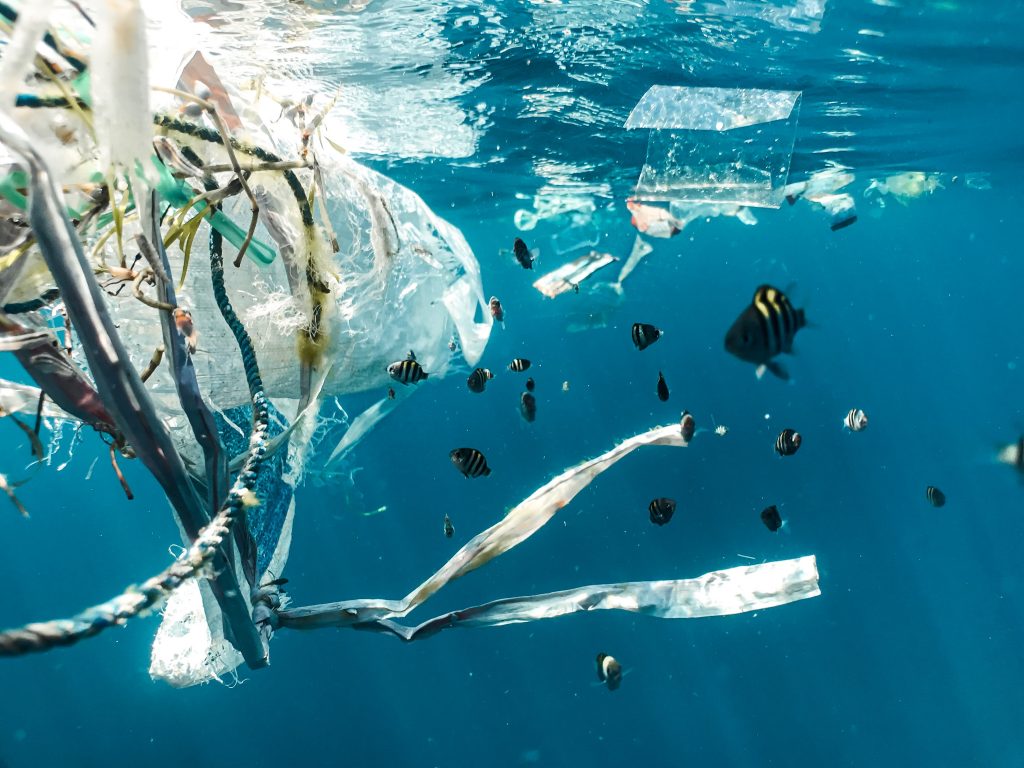On many occasions, some clients ask me to help themto generate an environmental impact in their business, taking advantage of this “eco” trend as a new way of doing business. And although they have the best intentions, it is really very rare that they really know what the phrase “environmental impact” is all about.

Let us bear in mind that everything we do and produce generates an impact. But that impact can be positive or negative depending on us and our choices.
There are many ways to classify environmental impact. Some of them are:

Positive or negative environmental impact.
In the first case, they are actions that benefit the environment or that, in addition, seek to mitigate the negative impact, such as e.g. saving water and energy, the materials you use when making your product, the way in which you avoid generating more waste or put the circular economy into practice. On the other hand, negative environmental impact is one that damages the environment, as is the case of pollution, loss of biodiversity, waste, carbon footprint, among others.
Direct or indirect environmental impact:
In the first case, it refers to everything, both positive and negative, whose consequences or effects can be seen immediately or very shortly after they happen e.g. waste. On the other hand, indirect environmental impact is when the ecosystem is affected in a collateral way, therefore, it takes quite a long time before being able to see the changes or negative effects that it causes e.g. contamination of groundwater by leached liquids in rubbish.


Cumulative or synergistic impact.
In the first case, as its name indicates, they are those impacts that add up over time, in the same ecosystem, and their effects increase as they accumulate e.g. the case of deforestation permits that are granted individually, where it may happen that deforesting a single property causes a lower impact than the sum of all the properties where deforestation was authorised. In the second case, synergist impacts are those that collaborate with each other and trigger a greater effect than if they had occurred one at a time.
Reversible impact:
Allows the area to recover either naturally or through certain specific treatments that take time. Contrary to what happens when the impact is irreversible since there is no way to recover that ecosystem due to its serious effects e.g. an oil spill.

If you have a sustainable enterprise, you must have at the heart of your business not only the search for economic value, but also seek ways to generate a positive impact on environmental and social problems, proposing a business model that changes production patterns and consumption in our society.
Therefore, if you are going to start or transform your business into a project of these characteristics, it is important that you consider, in an integrated manner, the different impact it can have. Since you are not only going to provide real value, but it will also serve to strengthen your proposal.

At Green Diosa, we promote businesses with an impact that change the world. For this reason, we are committed to providing you with tools to think about and put into practice innovative solutions throughout the entire production chain of goods and services, so that by combining the three dimensions (economic, social and environmental) you can generate differential value taking your business to be part of the new paradigm of inclusive economies.
Join our mentoring and training courses by sending us an email to info@greendiosa.com to receive all the information you need.
Remember, if you take care of the planet, the planet takes care of you.

